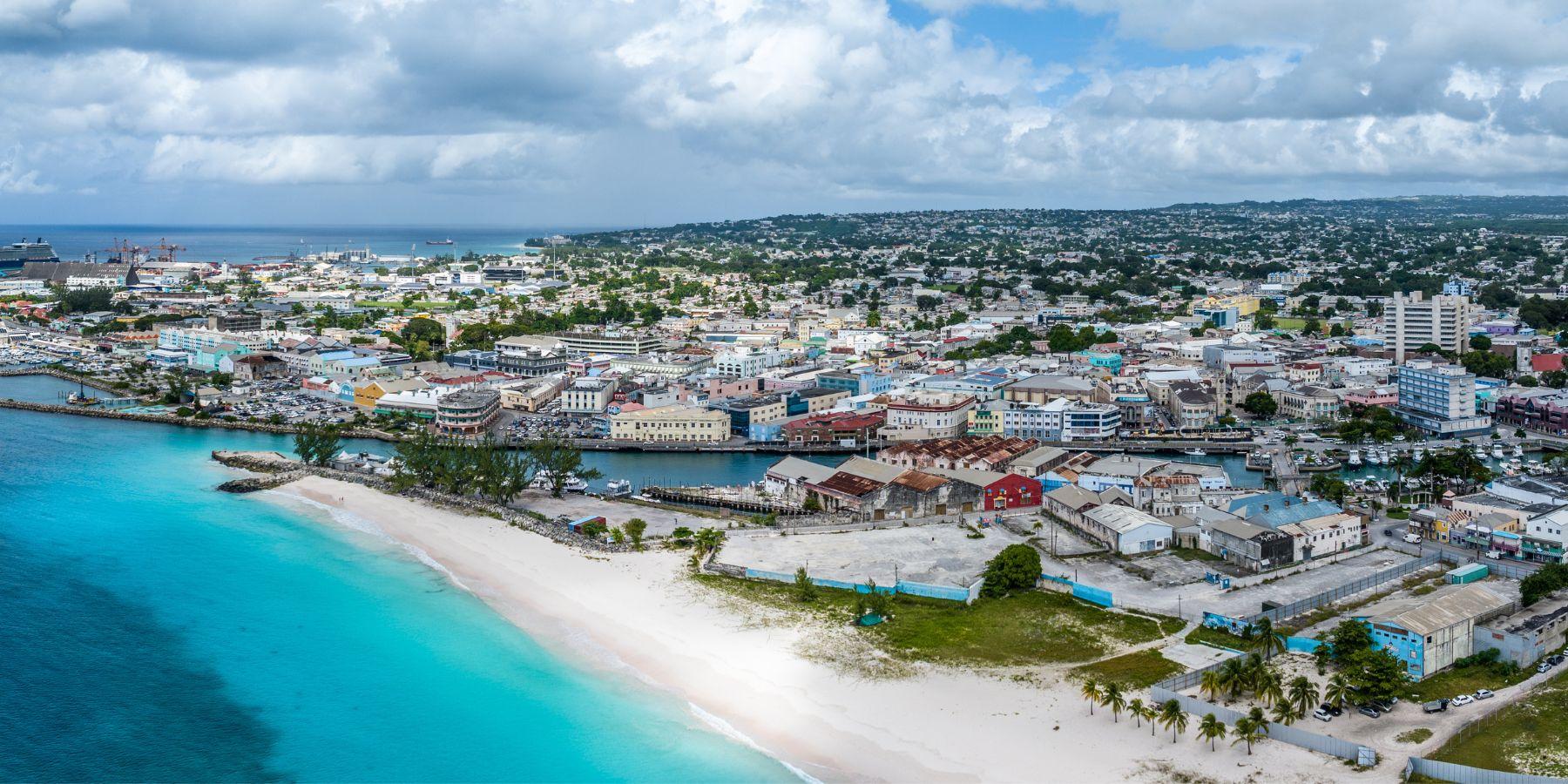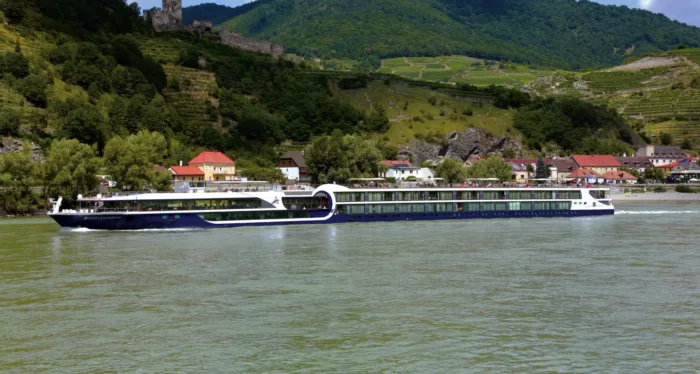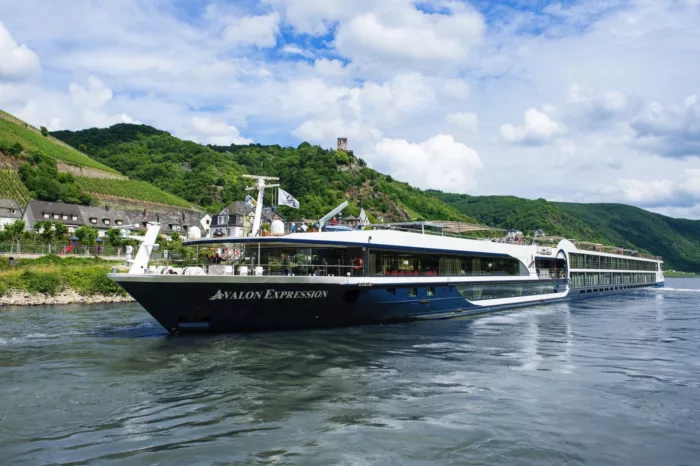
SS United States set to become artificial reef
It’s pretty much a done deal. SS United States – one of the finest cruise liners ever built – will now end her days as an artificial reef off the Florida coast
So, it’s come to this. North America’s greatest maritime achievement is set to add one final record to her name – as the world’s largest artificial reef.
The fate of SS United States has long hung in the balance, and following an underhanded set of accusations brought forward by the ship’s landlords regarding contracts and payments, it seems our worst fears have materialised.
With nowhere else to go, and a court-mandated order to vacate her home of almost 30 years by September 12, the SS United States has been sold in principal to Florida’s Okaloosa County for US$1 million.
The County has agreed to transport the age-old liner from her current location and then scuttle the ship, creating the world’s largest artificial reef and diving site. It’s hoped that such an action will bring tourism and spending to a remote part of the state.
More about SS United States
- SS United States: Why her preservation matters
- SS United States: American historical hypocrisy at it's finest
- Heritage evicted: SS United States ordered to leave berth by September
The concept is not a new one. Neighbouring Escambia Country reefed decorated aircraft carrier USS Oriskany (launched on October 13, 1945) back in 2006, and reports state that the warship attracts 10,000 divers per year.
However, as global headlines start to blare the death knell, it’s not that simple. Yes, the SS Untied States Conservancy, which currently manages the ship, have succumbed to a legal dispute with the pier owner – Penn Warehousing, but they continue to search for an alternative fate. It's not quite over yet.
Regardless of what CBS reports, nothing has yet been finalised. The Okaloosa County Board of Commissioners will meet on September 3 to decide whether to provide the US$9 million required to fund transportation of the ship, and her scuttling.
If the funds are not allocated, then the plan will fall through. Don’t celebrate too early, though. The only other option is to dispatch SS United States to the scrapyard.

SS United States: An artificial reef
Three suitable areas – all less than 25 miles from shore - have been earmarked for reefing the liner, with the most popular offshore option cited between Destin and Fort Walton Beach. As the final resting place of William Gibb’s design masterpiece, the maximum water depth here is quoted at 43 feet, which begs a question.
As the ship stands 53m tall from keel to funnel, we can only assume that SS United States will be butchered before settling on the Panhandle sea bed. Those iconic funnels could potentially be removed and placed elsewhere; such as the proposed museum that will be built thereafter on the shoreline. Okaloosa has committed $1 million for the museum’s construction.
“We understand that many of you are deeply concerned about the fate of the SS United States,” the Conservancy wrote to its supporters on Friday. “Reefing is not the Conservancy’s preferred scenario.”
Hope remains for a “more dignified outcome”, while admitting time is fast running out. Thus far, no tangible alternatives have emerged. Various plans have been proposed for turning SS United States into a floating business centre, hotel and museum – akin to California’s ex-Cunarder RMS Queen Mary – but nothing has stemmed from dozens of proposals.
“There are multiple discussions underway and many unresolved matters that make both the outcome and timing uncertain at this point,” the Conservancy explained. They later stated that discussions on a range of scenarios where ongoing, where reefing would be undertaken in conjunction with a land-based museum.

One final hope for survival
It's a devastating blow to those who have fought valiantly to preserve the ship and find her a new berth. But there is a slim ray of hope. The agreement currently remains a contingent contract; an agreement between parties that is dependent on certain conditions (or events) that may or may not happen in the future.
The terms of a contingent contract are only effective once specific conditions are met, and in this case provides the SS United States with a number of days to find a future elsewhere.
Should a deal be struck to berth the ship elsewhere, then the reefing doesn’t go ahead. It’s a contingency plan that prevents further issues with the court orders to vacate by the set date. Think of it as a Plan B.
Of course, other states in North America have also toyed with the idea of reefing the great ocean liner. Escambia was reportedly set to make a counteroffer for SS United States before tabling the proposal. Local news reports showcase concerns regarding costs unsupported by the Tourist Development Department.

So, why is this a big deal?
SS United States was not only the USA’s finest ocean-going creation, but also the envy of the world. When launched in 1952, she claimed the Blue Riband in both directions and could stride the Atlantic at such pace that her bow paint was stripped clean off. Even today, 72 years later, the ship remains the fastest passenger ship to have crossed the North Atlantic.
The marine pride of North America, she transported Royalty, Hollywood stars and future political legends. Bill Clinton, Tony Curtis, Marilyn Monroe, Elizabeth Taylor, Zsa Zsa Gabor – they all sailed on board. And no wonder, as the ship’s design was more than just aesthetically pleasing. She has real purpose; designed to be completely flame retardant in tandem with futuristic style, the likes of which nobody had witnessed before.
Designed by one of America’s foremost naval architects, William Francis Gibbs, the liner was conceived to become the Navy’s secret weapon should war descend between nations. Following WWII, the US Military felt compelled to obtain such an indestructible design and provided an eye-watering amount of funding to ensure the ship became a reality.
Courtesy of a changing world, the liner operated for just 17 years before the termination of lavish government subsidies. Aviation was, quite literally, taking off and government officials joined the bandwagon as commercial airliners ended various ship’s careers.

Although vast swathes of classic-designed ships met with a grizzly fate in the breaker’s yard, SS United States was given a stay of execution and was retained by the US government while a buyer was sought. The ship’s final commercial journey took place in 1969. The ship was finally sold in 1980, where many plans were proposed, yet none came to fruition.
The liner was soon stripped and her fixtures and fittings sold at auction, before she was towed to Ukraine for removal of asbestos and her remaining interior components. The hulk was then towed to Philadelphia, where she has been residing since.
The Conservancy’s goal has always been to repurpose the liner into a multi-use attraction. After the acquisition of SS United States in 2011, various pursuits for glory – including proposals from Crystal Cruises and Norwegian Cruise Line (NCL) to reactivate the vessel – have resulted in nothing but broken promises.
The ship holds many speed records and the heart of the nation, but that’s clearly not enough to save her. Referring to the lawsuit that has spearheaded the reefing decision, the Conservancy told supporters: “In the end, Penn Warehousing’s actions ended our ability to continue searching and advocating for a viable location for the project and we are unlikely to realize our shared dream.”
Unless a saviour at the 11th hour steps forward with a berth and a truck-load of cash, the contingency deal with Okaloosa will push forward, with the only other option pointing to the scrapyard.
The court has announced plans for a follow-up review to monitor progress and certify the ship’s removal on or before September 12.
We can only pray for that 11th-hour guardian to step forward in the meantime.



















